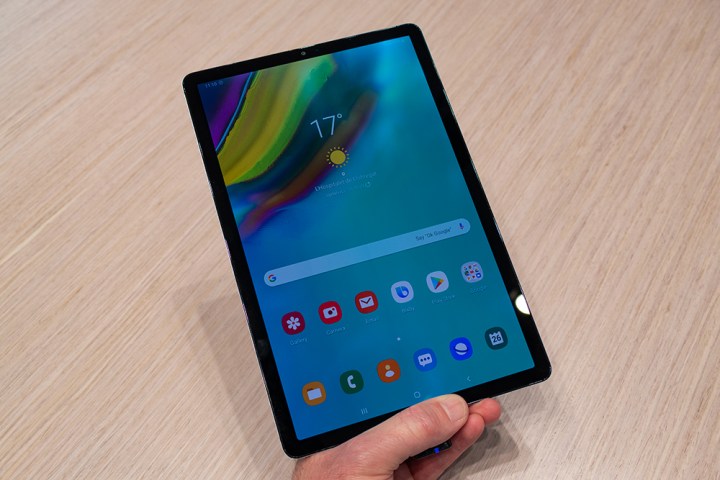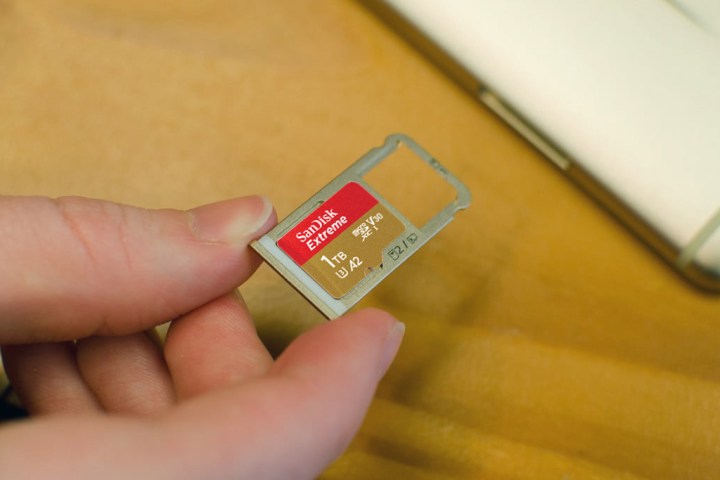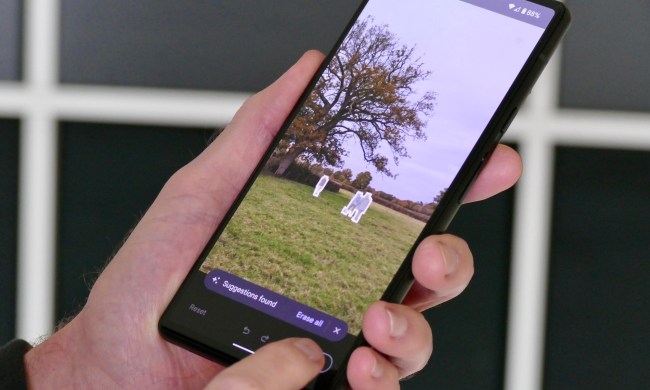
At this year’s Mobile World Congress, technical jargon flew through the air as fast as the next-generation networks being touted as the answer to every problem we face in life today. How to network your light switch and door knob? 5G will do it! How can we get faster cell phones? 5G, thanks to mmWave networks and sub-6GHz! And MNOs! And ML, and A.I., and … yikes.
Amid the hype and the hope, we also saw fantastic gadgets bringing real innovations, with foldable screens, faster speeds, interesting new shapes, and TONS of extra storage space. Separating out the best stuff took a team of editors, marching across the length of Barcelona’s Fira Congress convention center over and over and over.
And march we did. After hundreds of thousands of steps and countless meetings, we found the best and brightest Barcelona could bring. Without further ado, here are our award winners, the best of the show. Read on ASAP — before RSVPs for the next MWC bring a whole new set of acronyms.
Xiaomi Mi 9
Award Winner

Xiaomi has always been a brand that offers great value, with smartphones featuring high-end technology normally associated with higher-priced devices. With the Mi 9, it has risen to a whole new level. The Mi9 boasts superphone performance for a price so reasonable that you may feel the need to question the total in case it’s a mistake.
Inside the Mi 9, and one of the main reasons it has won the award, is the Qualcomm Snapdragon 855 processor. This new chip offers 45-percent greater CPU performance over the last-generation chip, plus significantly improved efficiency, meaning it delivers more speed and better battery life. It’s very hard to argue with that combination.
The software experience is silky smooth, and the battery withstands hard, all-day use without needing a visit to the charger. When it does, a proprietary wireless charging system is powerful enough to take the battery from 0 to 100 percent in an hour and 40 minutes. Use the cable, and that drops to just over an hour. We like the triple-lens camera too, as it uses the new Sony IMX586 48-megapixel sensor for some incredible shots.
That’s before we talk about the Gorilla Glass 6 body, the OLED screen, or the sleek design. These are benefits we see on phones that cost $1,000. The Mi 9 costs from 450 euros, or about $510. That’s less than even the 550 euro/$550 OnePlus 6T, and the 550/$625 euro Honor View 20 — two other great-value phones we love.
The Mi 9 is the antithesis of many other devices shown at MWC 2019, where two phones that cost $2,000 or more took center stage, among others. For the Mi 9 to deliver such performance and desirability, at this price, simply must be recognized and rewarded.
– By Andy Boxall
Read our Xiaomi Mi 9 hands-on review
Nokia 9
Phone Award Winner

It’s tough to share the limelight with foldable phones, but HMD Global’s Nokia 9 PureView held its own, accumulating a ton of curiosity at MWC 2019 thanks to the smartphone’s five-camera system.
The five cameras are unusual — not just because they’re uniquely laid out — but because rather than working separately, they work in unison. Most smartphone multicamera setups assign a role to each lens — like one standard and one telephoto lens. The Nokia 9 PureView uses camera technology from Light to snap five photos with each lens (sometimes more) to offer richer data with a single photo.
What do you do with richer data? Well you can change the depth in the photo by refocusing it or adjusting blur intensity. Or you can take the RAW file — which is what photographers usually use — to edit them and add a personal touch. There’s a Pro mode that lets you take a 10-second long exposure, as well as a Monochrome mode for true black-and-white photographs.
The Nokia 9 PureView’s camera may not be as versatile as Samsung’s Galaxy S10’s triple-camera system, but it certainly inspires creativity. That’s all before saying it runs Android One, so it’s ensured to be updated for two to three years with version and security upgrades. It also features a slick design that’ll make this a phone you want in your pocket.
Read our Nokia 9 PureView hands-on review
Samsung Galaxy Tab S5e
Tablet Award Winner

Recommending a tablet other than an Apple iPad is often a tough decision, as Apple’s slate is capable, attractive, simple to use, and supported by a massive array of apps and accessories. However, Samsung has a strong Android alternative in the Galaxy Tab S5e, and like the Xiaomi Mi 9, it’s reasonably priced too.
The most striking thing is how well weighted and designed it is. No, it’s not especially beautiful, but it’s super slim and light, making it comfortable to hold when watching movies. And this is the primary function for the S5e, thanks to to the stunning 10.5-inch AMOLED screen and quad, Dolby Atmos speakers. Cleverly, these automatically adjust to provide the best audio experience when watching in portrait or landscape modes.
It’s not a productivity machine, it’s an entertainment machine that can still be paired with a keyboard case and a DeX dock if the need arises. The Galaxy Tab S5e is $400, and fits neatly in-between the cheap Tab A and the expensive Tab S4. We want devices that provide an ownership experience that’s greater than its price, and the Tab S5e delivers.
– By Andy Boxall
Read our Samsung Galaxy Tab S5e hands-on review
KaiOS
Huawei Mate X

Pioneering a new product category is hard, and early examples of new devices are often fraught with problems, undesirable, or both. The Huawei Mate X is a pioneering device on two fronts. It’s one of the first foldable smartphones, and will also feature a 5G connection, yet it manages to be both stunning to look at and seemingly without major issues at this stage.
It features three screens — front, rear, and unfolded tablet display — all relying on a complex and well-engineered hinge system, plus a serious camera, fast charging, and plenty of processing performance. These things combine to make the Huawei Mate X every bit the ultra-desirable, cutting-edge piece of tech we all want to own.
No, it doesn’t avoid the pricing pitfall of being a brand-new product in an emerging category. It’s monumentally expensive, but the price tag is somewhat justified by the technology and engineering needed to create it. The fact that it manages to resemble a polished second-generation product alongside Samsung’s first-gen Galaxy Fold makes it an easy, and very well-deserved, winner here.
– By Andy Boxall
Read our Huawei Mate X hands-on review
San Disk Extreme 1 TB microSD Card
Accessory Award Winner

Content creators know storage is crucial. Every 4K video you shoot, every still you snap sits on your camera or smartphone, slowly eating away at resources until you’re forced to offload or – gasp – delete. What’s an artist to do? Expansion cards are crucial, and the bigger, the better. And none come bigger than the 1TB SanDisk Extreme microSD UHS-1 memory card announced at MWC 2019.
The new card can record write data at 90MBps and read at up 160MBps. Western Digital says it can transfer files at twice the speed of standard microSDs, which is essential for 4K video files. Depending on bit depth and codec used, it will fill your memory faster than a Formula 1 car can lap your sorry ride.
SanDisk isn’t alone in the 1TB space. Micron also unveiled a 1TB card with slightly faster write speeds of 95Mbps (note that these are all theoretical speeds, of course). And Lexar announced a 1TB card at CES. SanDisk is the only card with pricing and a planned ship date however, earning our Top Tech award.
Read more about the SanDisk Extreme 1 TB microSD Card



